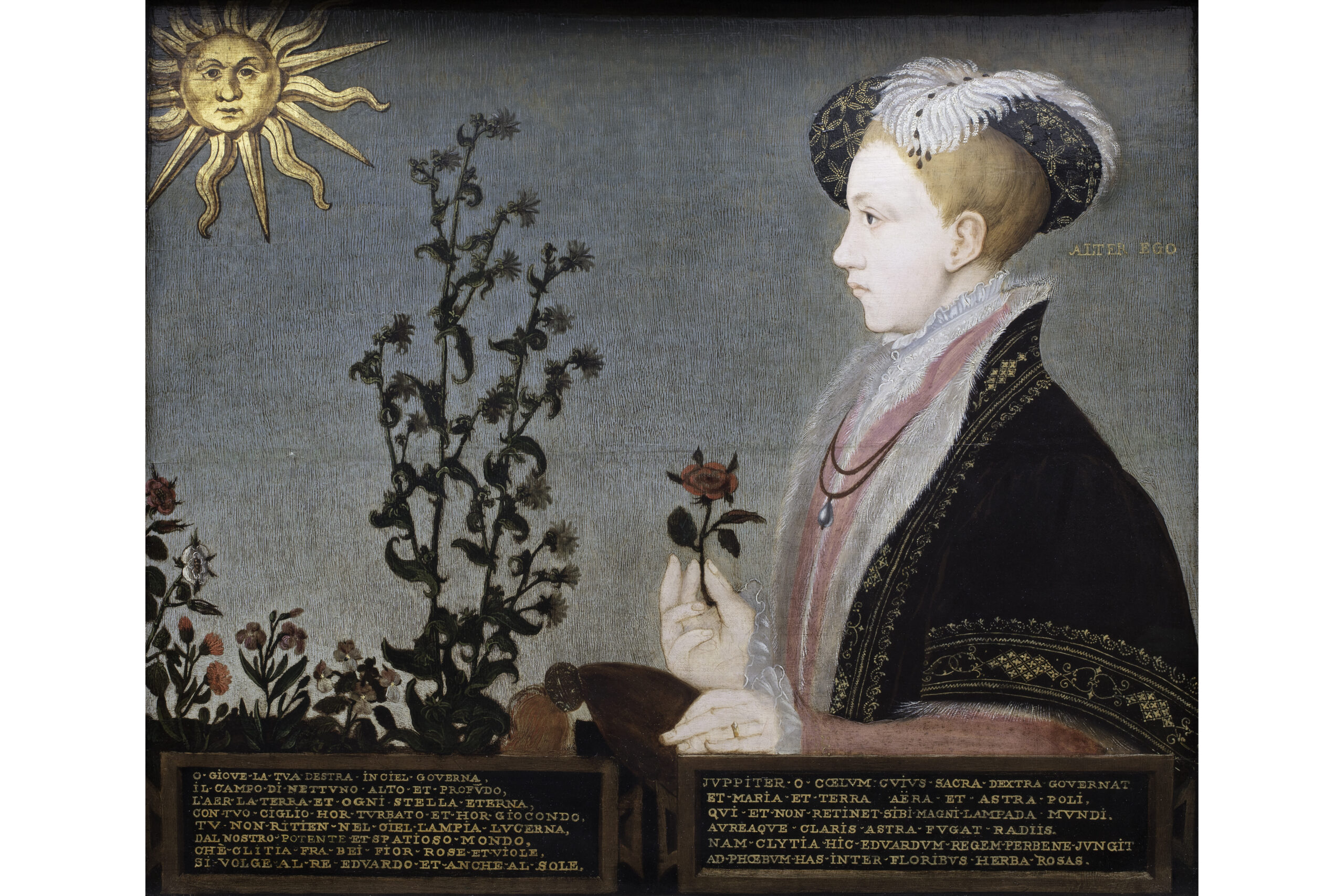The Tudor dynasty may be long gone, but one of its descendants will officially take the throne of England on Saturday.
King Charles III, the first-born son of the late Queen Elizabeth II, who traces her lineage back to Henry VIII’s sister Margaret Tudor, will be crowned in an elaborate coronation ceremony at Westminster Abbey in England. And he’s kicking off his reign with branding that would have been familiar to his ancestors—adopting the Tudor Crown as his royal cypher.
Coronation watchers will have to keep a sharp eye out for the symbol, which will appear on military uniforms during the coronation parade.
For those who simply can’t get enough of royal insignias this weekend, San Francisco’s Legion of Honor will provide visitors with an opportunity to dive into additional emblems of the Tudor dynasty and more at the upcoming exhibition The Tudors: Art and Majesty in Renaissance England.
Bringing together rare objects, art pieces and artifacts from the era, the exhibition runs June 24-Sept. 24 and showcases the splendor and majesty of the storied English dynasty that ended the War of the Roses and ushered in a defining cultural golden age for England. The showcase—which comes to the Bay Area from New York’s Metropolitan Museum and includes items from the Victoria and Albert Museum, the British Museum and Queen Elizabeth I’s childhood residence, Hatfield—is the first major exhibition in the United States of portraiture and decorative arts from the Tudor courts.
Highlight’s include an iconic portrait of King Henry VIII—who famously married six times—by Hans Holbein the Younger, along with paintings by the same portrait master of Henry VIII’s third wife, Jane Seymour, and their son, Edward VI.
Other treasures of the family include elegant textiles and jewelry as well as tapestries commissioned or acquired by Henry VIII and his father Henry VI. One Flemish tapestry depicts a scene from the scandalous story of David and Bathsheba. Experts say that item would have shown off the sophistication and cosmopolitan taste of Henry VIII’s court, and perhaps his desire to be associated with the biblical king. The tapestries were also a way of legitmizating the Tudors’ royal status after its founder, Henry VII, seized the throne in 1485.
“These were the most expensive works of art in the 16th century, and they represent the grandeur of the royal palaces,” said Martin Chapman, curator in charge of European decorative arts and sculpture at the Fine Arts Museums of San Francisco. “They wanted to make their impression by having magnificence at their court.”
But the dudes of the dynasty don’t get all the glory in this exhibition. A jewel-encrusted locket known as the Heneage Jewel encases a portrait of the mighty Queen Elizabeth I, Henry VIII’s daughter and successor, on one side and shows an ark in a sea of sparkles on the other. The biblical boat represents the legendary queen steering England through difficult times.
“It’s a terrific object that really encapsulates Elizabeth as a very powerful monarch,” Chapman said, “that represents her steadfast attitude and her ability to balance the political factions of that time.”
But will visitors be able to see the actual Tudor crown at the exhibition? Unfortunately, the headpiece worn by Henry VIII and his successors was melted down at the behest of Oliver Cromwell during the English Civil Wars. But Chapman predicts that the Tudor rose may also make appearances during Saturday’s coronation, a 1,000-year-old ceremony which the Tudors would still recognize today, he says.
“They would have recognized the order of service, the coronation chair, the anointing spoon,” Chapman said. “And then, of course, the place, Westminster Abbey.”
It’s hard to say what the Tudors would think of King Charles III, but one thing is for sure—their line and legacy has endured.
“I think the takeaway is that the Tudors […] nevertheless succeeded through their own extraordinary ambition and ruthlessness to produce one of the strongest and most memorable dynasties of the crown of England,” Chapman said.
📍 Legion of Honor
🗓️ June 24-Sept. 24
